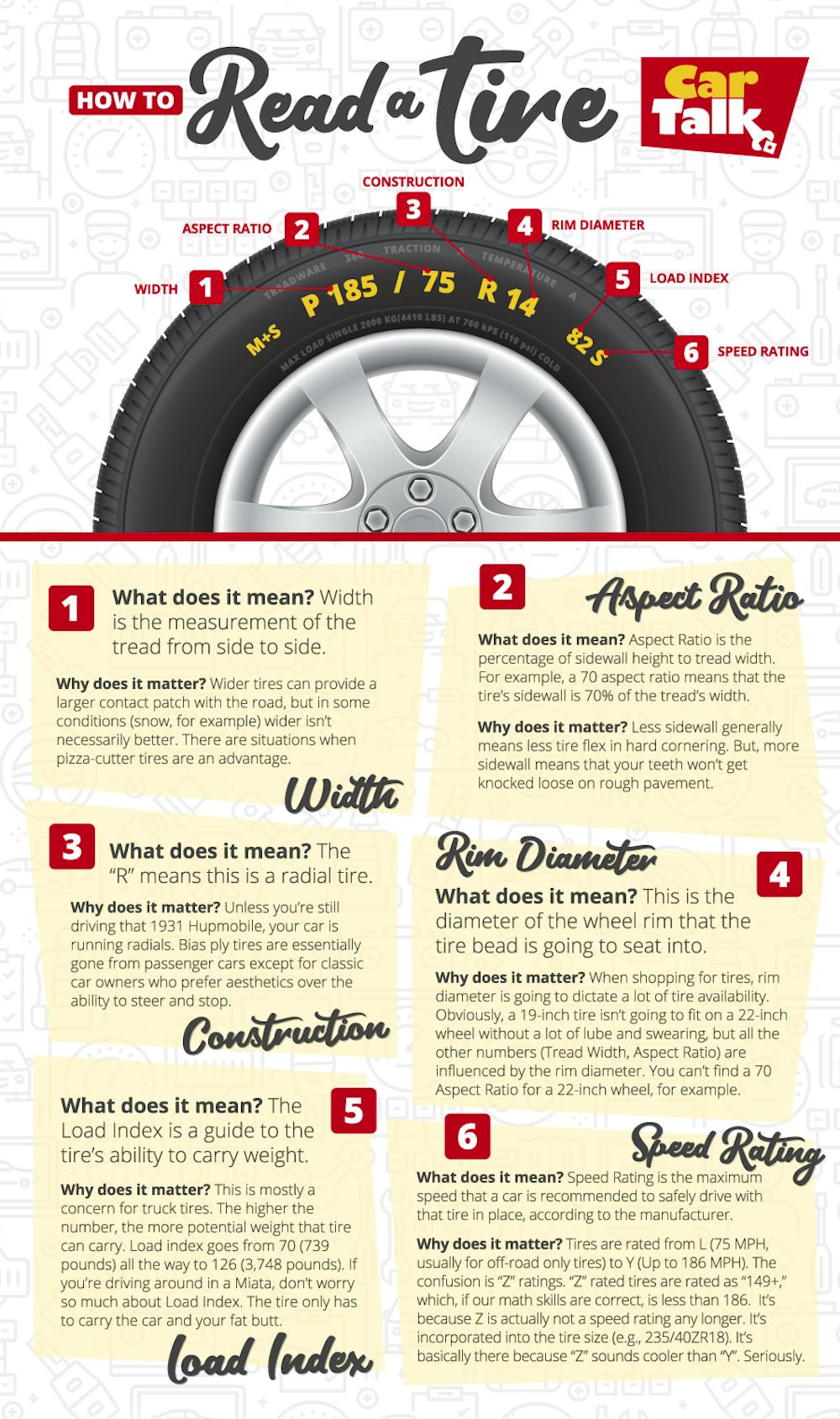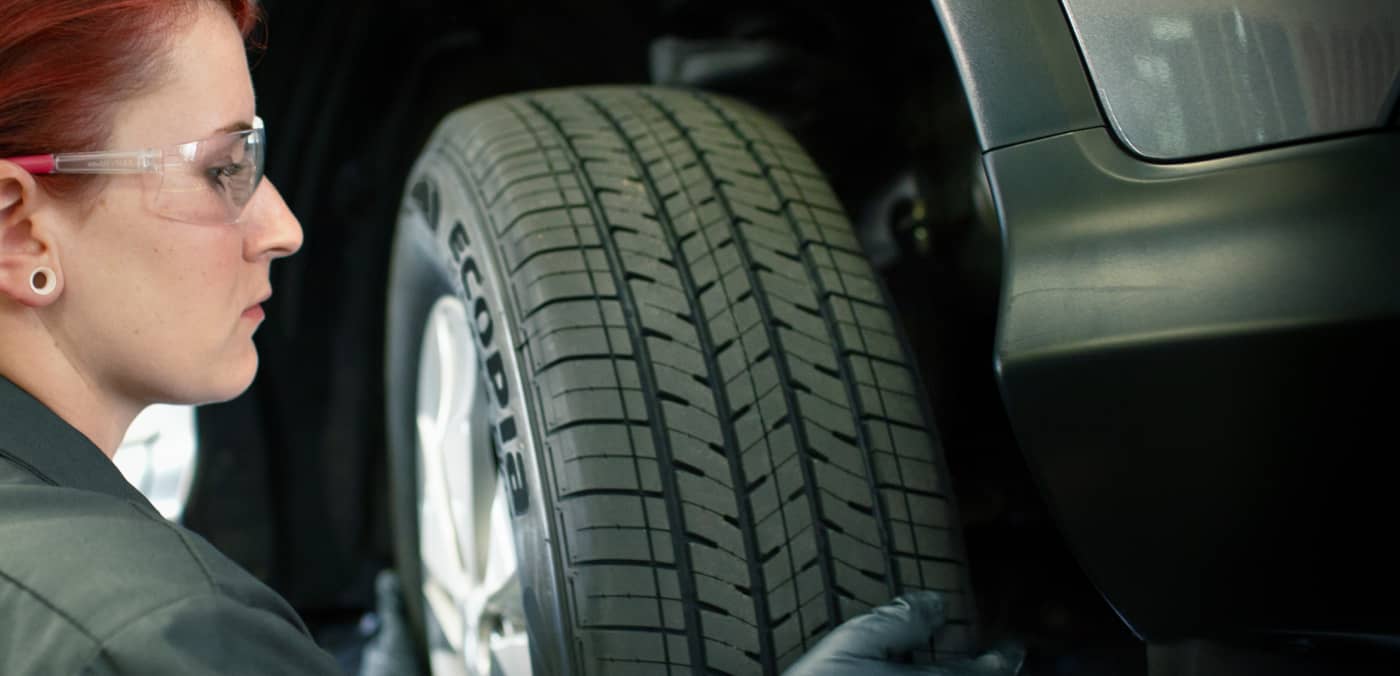All Categories
Featured
Table of Contents
I was able to obtain 100 hours out of one of these tires, and while it had absolutely no tire lugs left on it, the soft substance made it function very wellas long as I was making use of a soft mousse. Kitt Stringer image Easy mounting - 3Wear - 3Sidewall stamina - 3Performance on roots - 4Performance on damp rocks - 2Traction on dust - 5Cornering capacity - 4Traction while braking - 4Self-clearing of dirt and mud - 3Performance in mud - 3Overall predictability or tracking - 3 _ 37 Conclusion: This is a good well-rounded tire with good worth for money.

The wear was regular and I like how lengthy it lasted and how consistent the feel was throughout usage. This would likewise be a great tire for faster races as the lug size and spacing little bit in well on fast surface. Kitt Stringer photo Easy mounting - 3Wear - 3Sidewall stamina - 3Performance on roots - 4Performance on damp rocks - 4Traction on dust - 4Cornering capacity - 4Traction while stopping - 5Self-clearing of dust and mud - 4Performance in mud - 4Overall predictability or monitoring - 4_42 Verdict: I liked this tire a whole lot.
If I had to get a tire for difficult enduro, this would certainly remain in my top option. Easy mounting - 3Wear - 3Sidewall toughness - 3Performance on roots - 4Performance on wet rocks - 3Traction on dust - 4Cornering ability - 3Traction while stopping - 3Self-clearing of dust and mud - 4Performance in mud - 4Overall predictability or tracking - 3 _ 34 Conclusion: This tire was extremely soft and pliable.
All the gummy tires I evaluated done rather close for the first 10 hours or two, with the champions going to the softer tires that had better grip on rocks (Cheap tyres). Purchasing a gummy tire will definitely offer you a solid advantage over a routine soft compound tire, but you do spend for that advantage with quicker wear
Tyre Rotation Services Near Me – Balga
Finest worth for the cyclist that wants suitable efficiency while getting a reasonable amount of life. Best hook-up in the dust. This is an ideal tire for spring and fall problems where the dirt is soft with some dampness still in it. These proven race tires are fantastic around, yet put on promptly.
My total victor for a hard enduro tire. If I had to spend money on a tire for everyday training and riding, I would certainly choose this set.
Reliable High-quality Tyres Near Me – Balga WA
I have actually been running a set of Michelin Power Pilot 2CT's on my track Daytona 675 for the previous year. Because time I have done 15 track days in all weather conditions from cool wet to extremely hot and these tyres have never ever missed a beat. Tyre installation. I've done almost 2,000 miles (3,200 km) on them and as you can see from this shot of the front taken after first session of my 15th track day on them, they still have quite a great deal of rubber left on them
In other words the 2CT is a remarkable track day tyre. If you're the type of biker that is likely to encounter both damp and completely dry conditions and is starting on track days as I was in 2014, after that I believe you'll be hard pressed to locate a much better worth for cash and competent tyre than the 2CT; a set of which will establish you back around 185 (US$ 300) in the UK.
Thinking of a better all round road/track tire than the 2CT should have been a hard task for Michelin. The result of that initiative is the Michelin Pilot Power 3 which basically changes the Pure. Don't perplex this brand-new tyre with the roadway going Pilot Road 3 which is not developed for track usage (although some cyclists do).
When the Pilot Power 3 introduced, Michelin recommended it as a 50:50% road: track tyre. All the motorcyclist reports that I have actually read for the tyre rate it as a much better tyre than the 2CT in all areas but especially in the wet.
Trusted Tyre Rotation Near Me
Technically there are several distinctions in between the two tires despite the fact that both make use of a double compound. Visually you can see that the 2CT has less grooves reduced right into the tyre but that the grooves run to the edge of the tire. The Pilot Power 3 has more grooves for much better water dispersal however these grooves do not get to the shoulder of the tyre.
One aspect of the Pilot Power 3 which is various to the 2CT is the new 2CT+ modern technology which prolongs the harder center area under the softer shoulders (on the rear tire). This need to offer much more stability and decrease any type of "agonize" when accelerating out of corners in spite of the lighter weight and even more versatile nature of this brand-new tire.

I was slightly dubious concerning these lower pressures, it turned out that they were fine and the tyres performed actually well on track, and the rubber looked far better for it at the end of the day. Just as a point of referral, other (rapid group) bikers running Metzeler Racetecs were utilizing tyre stress around 22-24 psi for the rear and 24-27 psi on the front.
Coming up with a much better all round road/track tyre than the 2CT need to have been a difficult task for Michelin. The outcome of that initiative is the Michelin Pilot Power 3 which basically replaces the Pure. Don't confuse this new tire with the roadway going Pilot Road 3 which is not made for track usage (although some motorcyclists do).
Best Tyre Installation – Balga WA
When the Pilot Power 3 introduced, Michelin recommended it as a 50:50% roadway: track tyre. All the rider reports that I've reviewed for the tyre price it as a far better tire than the 2CT in all areas yet especially in the damp.

Technically there are plenty of differences in between both tyres even though both utilize a twin compound. Aesthetically you can see that the 2CT has fewer grooves cut into the tire but that the grooves go to the side of the tire. The Pilot Power 3 has even more grooves for better water dispersal but these grooves don't get to the shoulder of the tire.
One facet of the Pilot Power 3 which is different to the 2CT is the new 2CT+ modern technology which extends the harder center area under the softer shoulders (on the rear tire). This must provide much more security and reduce any kind of "agonize" when increasing out of corners regardless of the lighter weight and even more versatile nature of this brand-new tire.
I was slightly suspicious about these reduced stress, it turned out that they were great and the tyres done actually well on track, and the rubber looked far better for it at the end of the day - All-season tyres. Simply as a point of reference, various other (quick group) bikers running Metzeler Racetecs were making use of tire stress around 22-24 psi for the rear and 24-27 psi on the front
Latest Posts
Tyre Rotation Services
Trusted Tyre Checks – Noranda
Affordable High-quality Tyres Near Me